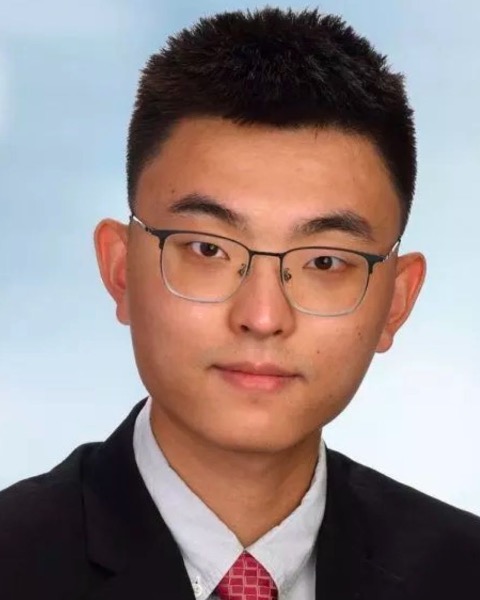Tumor
Does Denoising Affect the Accuracy of Facial Nerve Tractography? A Preliminary Study in Koos Grade 4 Vestibular Schwannomas

Yunjia Ni, MD
Research associate/fellow
Barrow Neuroimaging Innovation Center, Department of Translational Neuroscience, Barrow Neurological Institute
Phoenix, Arizona, United States
Presenting Author(s)
Introduction: Pre-operative visualization of the facial nerve (CN7) in Koos Grade 4 vestibular schwannomas (KG4VS) can benefit neurosurgical planning. However, mapping CN7 tractography in larger tumors is challenging due to a size-dependent intermingling of tumor tissue and nerve fibers. CN7 tractography involves multiple steps—MR acquisition, pre-processing, and fiber tracking, thus prone to cumulative errors. As a first step in optimizing fiber tracking for these challenging applications, we investigated the impact of methods to remove noise from high-resolution nerve scans, on the accuracy of CN7 tractography in KG4VS.
Methods: A cranial-nerve-customized diffusion scheme was performed pre-operatively on five patients with KG4VS. Standard pre-processing techniques (Gibbs un-ringing, distortion/motion correction) were employed. Three different denoising methods were compared: a standard principal component analysis-based approach (standard), which must be applied as the first step in the pipeline; and a machine-learning-based approach applied before (ML-first) or after distortion/motion correction (ML-after). Fiber tracking was conducted using a deterministic algorithm in DSI Studio. Results were validated against operative videos and notes. CN7 course was reported using the Sampath classification system.
Results: ML-First approach showed the highest sensitivity (100%) but a moderate predicative value (PPV, 50%) due to a higher number of false positives. ML-After approach balanced high sensitivity (86%) with the highest PPV (60%) among the methods, indicating better overall performance. Standard method showed moderate sensitivity (71%) and PPV (56%). Raw Data (without denoising) had the lowest sensitivity (57%) and PPV (44%).
Conclusion : Despite our small sample size, these findings suggest that denoising may enhance the accuracy of facial nerve tractography in KG4VS. While ML-after seemed to have a higher sensitivity and PPV, all the pre-processing pipelines had false positives. Ongoing research is focused on optimization of the entire pipeline. In addition, a more comprehensive CN7 classification method is needed to improve interpretability.
Methods: A cranial-nerve-customized diffusion scheme was performed pre-operatively on five patients with KG4VS. Standard pre-processing techniques (Gibbs un-ringing, distortion/motion correction) were employed. Three different denoising methods were compared: a standard principal component analysis-based approach (standard), which must be applied as the first step in the pipeline; and a machine-learning-based approach applied before (ML-first) or after distortion/motion correction (ML-after). Fiber tracking was conducted using a deterministic algorithm in DSI Studio. Results were validated against operative videos and notes. CN7 course was reported using the Sampath classification system.
Results: ML-First approach showed the highest sensitivity (100%) but a moderate predicative value (PPV, 50%) due to a higher number of false positives. ML-After approach balanced high sensitivity (86%) with the highest PPV (60%) among the methods, indicating better overall performance. Standard method showed moderate sensitivity (71%) and PPV (56%). Raw Data (without denoising) had the lowest sensitivity (57%) and PPV (44%).
Conclusion : Despite our small sample size, these findings suggest that denoising may enhance the accuracy of facial nerve tractography in KG4VS. While ML-after seemed to have a higher sensitivity and PPV, all the pre-processing pipelines had false positives. Ongoing research is focused on optimization of the entire pipeline. In addition, a more comprehensive CN7 classification method is needed to improve interpretability.

.jpg)